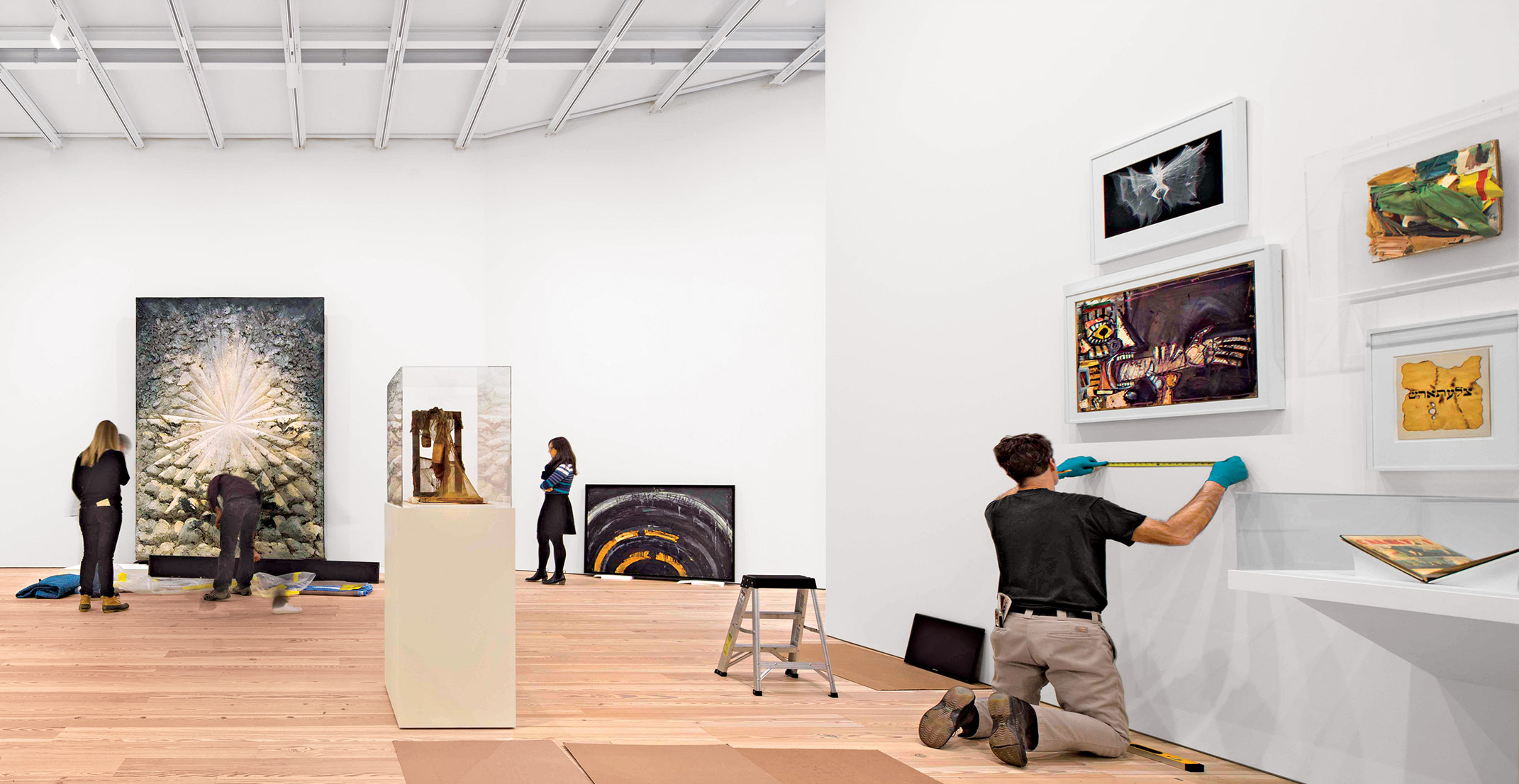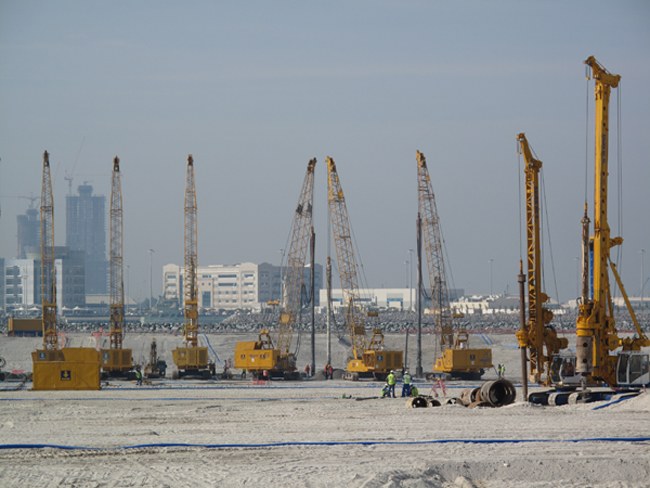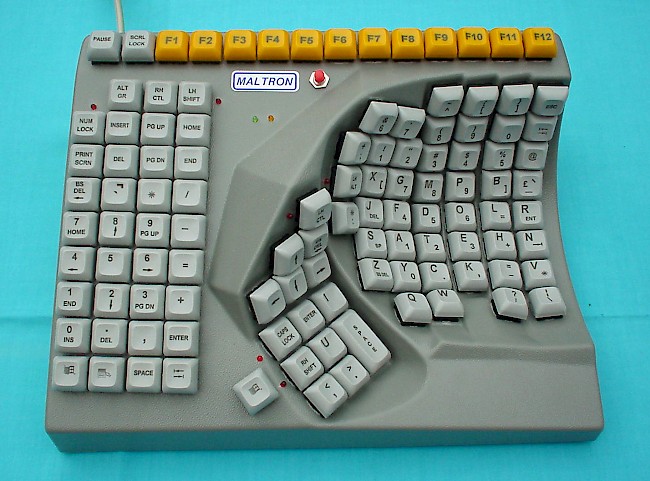— Online Digital Artwork and the Status of the “Based-In” Artist

Like any mutually beneficial relationship between organizations, this one began with a proposition. Art Agenda, a subsidiary of e-flux, asked W.A.G.E. to establish compensation standards for the commissioning of online digital artworks, specifically addressing the ethics, codes, and challenges of determining equitable pay. Art Agenda agreed to follow these standards for its recently relaunched Dossier section.
e-flux is a for-profit publishing platform and archive, artist project, curatorial platform, and enterprise. W.A.G.E. is an activist organization advocating for the regulated payment of artist fees by nonprofit institutions. Each is based in New York, but the discursive nature of our respective operations is not particularly dependent on physical location—although we are both invested in altering the material conditions of the art field, whose impact on urban geography is increasingly catalytic.
Housed and hosted online, digital artworks dodge geolocation. They affiliate more with domain names than with cities, states, or nations. Digital artworks are located everywhere and nowhere, and in many cases can be produced entirely through online communication. For the 40 percent of the world’s population with internet access, digital artworks are, for now, free and accessible.
Being immaterial, they seem to undermine the art market’s insatiable consumption of goods produced by artists, but the significance of digital art’s immateriality is not in its denial of a saleable object. Objects are increasingly incidental to art as an asset class, and if digital production proves viable it might only underline this fact. As long as digital artworks are associated with names and brands, they can be assigned value and can be traded as commodities.

Rather, the significance of the immateriality of digital artworks lies in how they bypass the art industry’s supply chain of manual labor tasked with the production, exhibition, shipping, and storage of material art products. The people responsible for keeping these products in circulation so they can be bought and sold constitute an often exploited and precarious labor force. With the exception of those working both as artists and as laborers in the art field, this labor force is increasingly disconnected from the artists who produce the objects around which it is organized. This is due to the increased professionalization of artists, as well as to the common practice among them of subcontracting out the material production of their work, by which they function more administratively than manually and operate in a superior class position as contractors.
From W.A.G.E.’s point of view, the work of artists, at least in relation to art institutions in the nonprofit sector, is the provision of content and services in the capacity of a subcontractor. As such, we believe it is in the strategic and ethical interest of artists to align themselves with others functioning in a similar capacity. Given the exclusion of manual labor from digital art production, standards for its compensation should be set with this supply chain in mind, and in relation to “W.A.G.E. Certification,” a program initiated and operated by W.A.G.E. that certifies those nonprofit institutions paying fees that meet W.A.G.E.’s minimum payment standards.
W.A.G.E. initially proposed to art-agenda the development of a tool that sets compensation for digital artworks in relation to the prevailing living wage of the city or region where the commissioned artist resides. This is a conscious inversion of the mechanism that underpins the pricing of artist fees in W.A.G.E.’s certification program; under Certification, the fee is calculated at a fixed percentage of an institution’s total annual operating expenses, which are determined in large part by the location, maintenance, and operation of its physical plant and infrastructure.

If these expenses—the money institutions spend on rent, maintaining buildings, and on shipping and insuring material artworks, and so forth—have little or no bearing on the cost of producing and exhibiting digital artworks, then it stands to reason that they should not be part of the formula for determining an equitable fee for them. Furthermore, since the commissioned artist is likely to spend the fee in the city or region where he or she is based, it also stands to reason that it should be determined instead by the economy of that geographic location.
Like anyone else, artists are often born in one place and based in another. The distinction between “born in” and “based in”—ubiquitous in curriculum vitae, press releases, and artists’ websites—signifies whatever social mobility may have occurred since birth, while also denoting home as more of a base camp from which an artist’s practice is deployed to various locations within a globalized market. The based-in artist, hard to locate, is contemporary art’s most useful enigma. If artists of the 1990s came to signify the exploitable entrepreneurial precariat whose willingness to work for free sanctioned the same expectation in creative industries, helping to transform labor and the composition of cities, then the based-in artists of today are the mobile version put to paid work. They are wired-up, networked carriers of social and cultural capital set in perpetual motion, transforming cities in their passage through them on the art circuit—sophisticated nomadic clans who travel to survive.
Having entered a highly competitive job market with skills limited to low-paying adjunct teaching or exhibition-making that rarely pays, artists go where the money is. Without access to affordable workspace, they follow the remains of public funding through long-term residencies and PhD programs, take up institutional research-based commissions, or float indefinitely through the global exhibition, biennial, and art fair circuits, where their names wash up on program rosters and lists marking incremental career ascension. For artists who don’t have secondary jobs, their mobility—despite being underwritten in many cases by class privilege—is forced.
The forced migratory pattern of the based-in artist traces the contours of the capital it follows, demarcating an ever-expanding art field that is deeply connected to the reorganization of cities. But based-in artists not only follow capital along these circuits. Capital also follows them. As has been well documented, the presence of artists, followed by cultural organizations, signals the coming expulsion of low-income residents and the arrival of a more moneyed class. Working people, forced to migrate to the outer boroughs and suburbs for affordable housing, must then reverse-commute back to the low-paying jobs that service those who displaced them. So in the context of this project, which ties the value of labor to the artist’s place of residence, it must be asked: Does it even matter where an artist lives?
To the extent that the migratory pattern of artists leaves its mark on the sites where it touches down, it matters. To the extent that the based-in artist denotes an exceptional class position that both follows the movement of capital and determines its directional flow, it matters. To the extent that this exceptional class position both exempts and prevents artists from taking a political position, it matters. And to the extent that W.A.G.E. is a political project built around the interests of artists, it matters—because while W.A.G.E doesn’t claim to speak for everyone, we can nonetheless stake a claim, and for the purposes of this project, that claim can be the reclamation, recuperation, and redistribution of our fair share of the obscene amount of money pipelined into the art field and channeled through the hands of the transnational elite.
But given the growing class divide between artists and so-called art workers, who is the “our” in our fair share? Along with the artwork they produce, artists themselves now circulate as commodities, and their mobility, like their art, is enabled by the work of an exploited labor force composed of their peers. For this reason, our fair share cannot reasonably be the share of artists alone. Our fair share should reasonably include that of everyone whose labor is placed in the service of circulating art products—digital or material—produces vast amounts of wealth for a relative few. This includes but is not limited to those who hang, join, and prime Sheetrock; build booths and fabricate crates; make, install, move, and guard art; clean sinks and toilets; and carry trays and pour drinks. It also includes those administrative workers who book flights; write budgets, emails, checks, invoices, and schedules; supply content by writing reviews, copy, tweets, and comments; and by selecting, sizing, and posting images. The labor of the people who keep art products moving takes place somewhere, and so do their lives. Neither can be outsourced—and in this somewhere, the cost of living and reproduction likely exceed what they earn.

If Art Agenda’s assignment was to establish compensation standards for the commissioning of digital artworks, then whatever methodology W.A.G.E. uses has to account for this labor force—without it and the value it produces, digital artworks would have no value of their own. It is only relative to the material conditions of art that digital art’s immateriality is feasible, just as the invisibility of the supply chain behind art’s circulation makes the visibility of artists possible.
At first, it seemed that by binding rates of compensation to physical location, we were linking wages to actual living costs—the defining strategy of living wage campaigns and one that would benefit the art industry’s manual and place-based labor force. However, it later became clear that the production of digital artwork largely excludes this labor force and basing compensation on the physical location of artists alone would do little to bridge the class divide between artists and art workers. In fact, by exclusively addressing the labor of artists, we would only be reinforcing it.
W.A.G.E.’s proposed tool also failed to identify and map where real concentrations of capital are located and how they flow and pool along the art circuit—thereby failing to redirect this flow away from the hands of the transnational elite and back into the hands of those whose labor enables their wealth. Even if mapping the migratory pattern of artists could provide a usable map of capital’s flow, it would simultaneously reveal artists’ complicity in the annexation of urban territory by an elite class.
What at first seemed like an elegant solution to a complex problem resulted in a stubborn impasse. The demand for our fair share clarified something fundamental about the art industry: the functioning of its economy is predicated on rewarding artists for their willingness to self-exploit and, even worse, for their willingness to inadvertently exploit their peers. It is therefore not surprising that W.A.G.E.’s proposed solution proved inadequate. But any solution W.A.G.E. might propose within its remit to regulate artist fees in the nonprofit sector would be too small for the scope of the problem—since the scope of the problem is equal in size to the clandestine market that sustains it.
So where W.A.G.E. is unable to establish equitable compensation standards across the industry, it is incumbent upon artists to address, on an individual basis, the exceptional status by which they are made to stand in their own way by not standing alongside those who make their work possible. To fully join the supercommunity that is the art field, artists must acknowledge that their labor is not exceptional in its support of and exploitation by a multibillion-dollar industry, while simultaneously putting their exceptionality to work by engaging their own labor on political terms, and as a political act.
×
This text was written by Lise Soskolne, W.A.G.E.’s core organizer. It draws on contributions to a public discussion at e-flux in New York on March 7, 2015 between Stephanie Luce, Suhail Malik, Filipa Ramos (Art Agenda), Andrew Ross, and Lise Soskolne (W.A.G.E.). The event launched a commission by Art Agenda that subcontracts W.A.G.E. to set compensation standards for the commissioning of online digital artworks.


